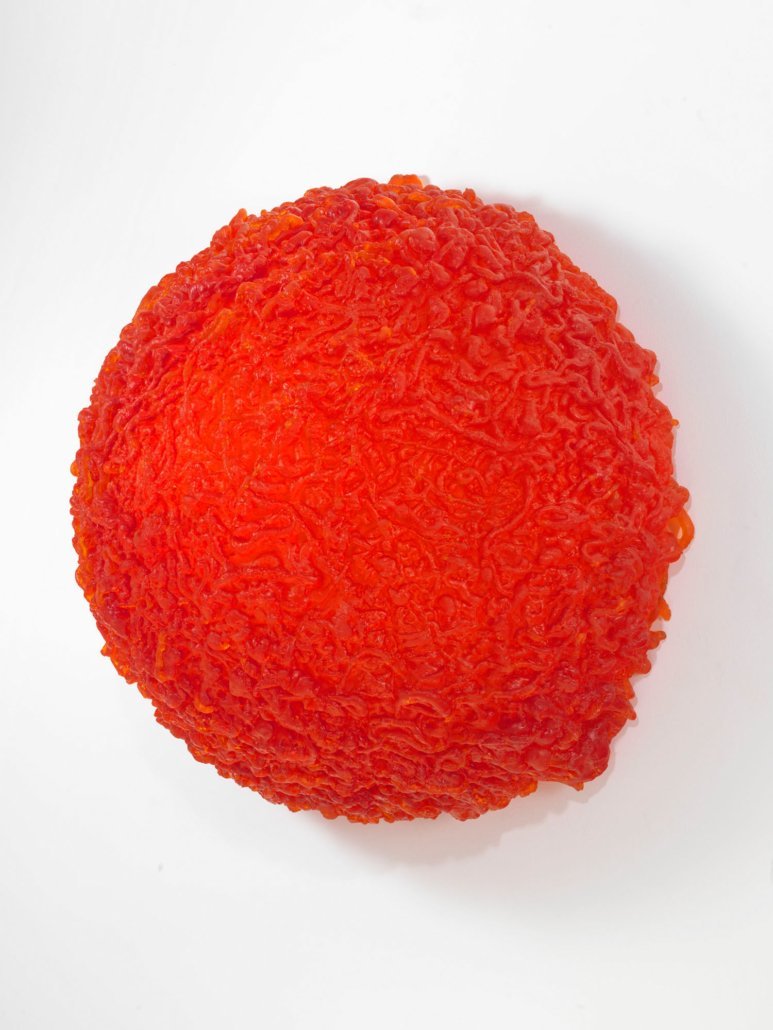Renovation of the Residence of the U.S. Ambassador to the United Nations
From 1947-2017 the official residence of the U.S. Ambassador to the United Nations was a five-bedroom apartment in a New York City hotel. When Madeleine Albright became Ambassador in 1993 she inherited an unusual color scheme—pink. Fellow FAPE Board members, Jo Carole Lauder, Harriette Levine and Wendy Luers, arranged for new carpet to be installed, chairs and sofas to be reupholstered, and paintings to be loaned by New York galleries and artists. President Clinton, an accomplished saxophone player, visited the newly refurbished apartment, and admired Claes Oldenburg’s Soft Saxophone, which was acquired by FAPE.

























